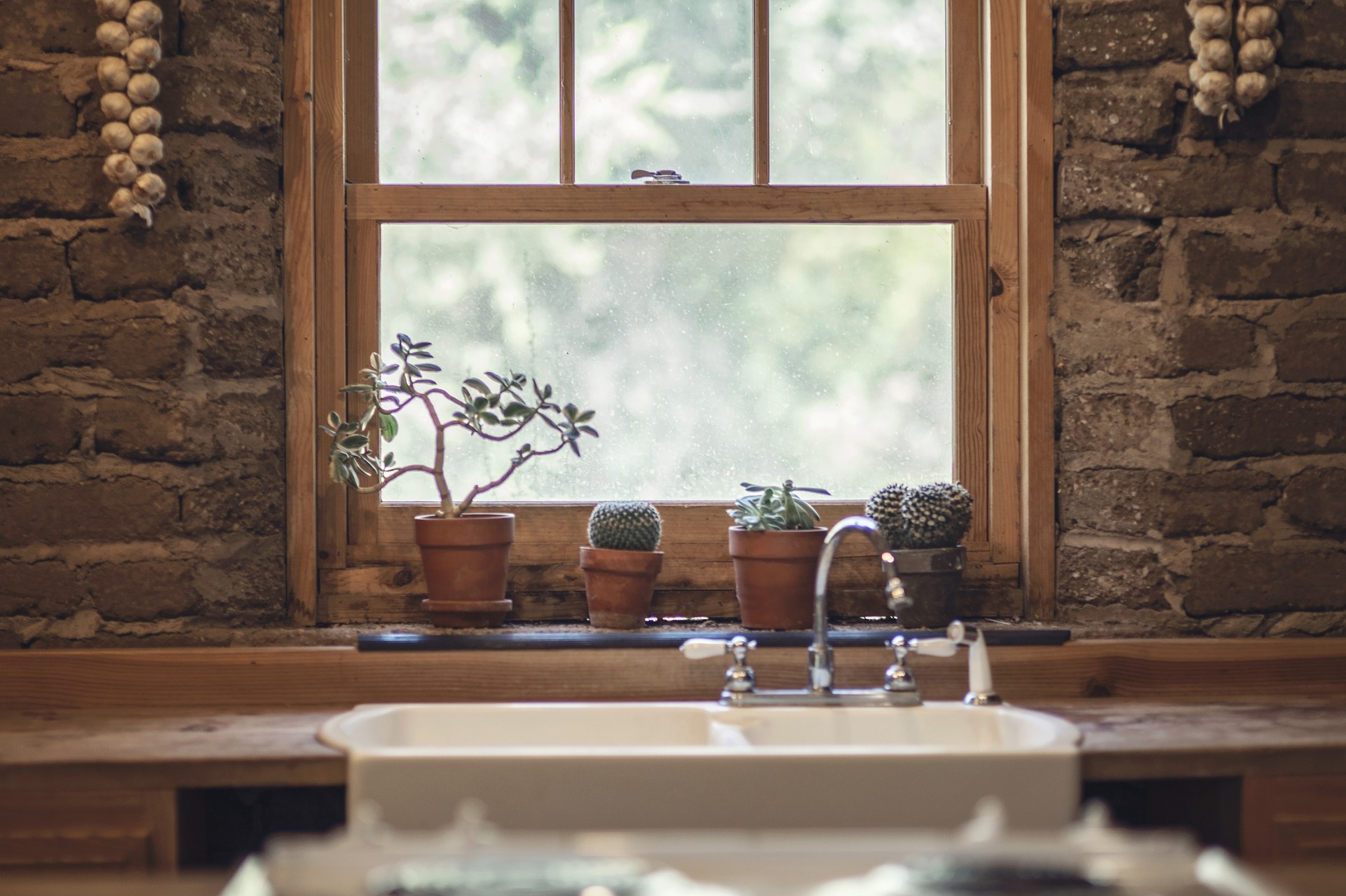You will hardly meet a person who does not realise how many microorganisms of various types are surrounding us. Many specious of bacteria, fungi and viruses are living on the objects we are using all the time which is very logical since the objects we touch most of all have more chances of getting more and more microorganisms from outside.
While we are absolutely aware of the fact such objects of daily usage as toilets are filled with microorganisms including various pathogenic species, we are absolutely oblivious to the fact many other objects sometimes are even more contaminated than toilets.
Smartphones
Unsurprisingly, smartphones are the objects which can get dirty rather quickly. Of course, there are many factors contributing to it including the fact that we are using these devices outside. Smartphones are exposed to various microorganisms on the streets and in the public places, whereas we ourselves are touching them with the hands which naturally become dirty outside as well.
As a result, some pathogenic microorganisms can proliferate on the surface of smartphones as well. Some of the most dangerous among the species are such bacteria as Staphylococcus aureus and Streptococcus.
What can you do to keep your phone clean?
Obviously, you should clean the whole phone with some mild cleaning substances rather than limit the cleaning process exclusively to wiping the screen. Of course, you should do it carefully without making your phone too wet.
Kitchen sponge
A kitchen sponge is another object of our daily usage which is extremely prone to getting rather dirty.
First of all, kitchen sponges are used for washing dishes of the remains of food. The residuals of these remains can get easily stuck in sponges and become a great source of nutritional substances for microorganisms.
Secondly, kitchen sponges are frequently wet. The liquid in them is another great factor for proliferation of bacteria and other microorganisms.
Finally, sponges also quite warm especially when used with warm water. This is one more factor increasing the proliferation of microbiota.
Of course, not all of the microorganisms living in sponges are thus harmful for your health. Yet, some of them can expose your health to serious risk. For example, salmonella is one of the pathogenic bacteria frequently found in kitchen sponges.
What can you do to minimise the risks of contamination coming from kitchen sponges?
As you can imagine, it is not a good idea to use the same kitchen sponge for a long period of time. These items should also be cleaned regularly. Chlorine is very successful for disinfection of kitchen sponges, however, you should be careful with using such a harsh chemical as its residuals can be spread on the dishes and got into your body with food.
Kitchen towels
Some people are using the same kitchen towels for wiping their hands after washing as the ones used for wiping clean dishes. Furthermore, there are people who are also wiping dirty hands and face with the same kitchen towel.
Undoubtedly, this makes a kitchen towel become a light version of a kitchen sponge. Again, this element of your kitchen equipment might be wet and contain residuals from food which create a great environment for the proliferation of bacteria and other microorganisms.
What should you do about that?
Firstly, it will be sensible to have two separate kitchen towels for wiping clean dishes and for wiping yourself. It is also recommended to wash them every two days.
A computer keyboard
It is not thus obvious to many people that computer keyboards tend to be rather dirty. Definitely, there are many reasons for that.
Obviously, the shape and design of many computer keyboards is making them rather difficult for thorough washing. Moreover, many people are eating in front of their computers and laptops which adds a lot of food crumbs get inside. On top of that, some people even do not wash their hands right after coming from outside before they start using their PCs. Others are using their laptops outside literally spreading all of the microorganisms around the keyboard.
As a result, according to the research, around 500 000 bacteria are living on a single square centimetre of an average keyboard.
How can you minimise the number of microorganisms on your keyboard?
Certainly, the simplest things you do is washing your hands every time you are coming back home from outside.
Of course, you should also clean the keyboard regularly which means at least once a week. In order to do it in a safe way, you will need to detach it from the electricity. First, turn it over and gently shake it in order to get rid of the dirt which is stuck between the buttons. You can also use a hair dryer with a cold stream of air as well as an old tooth brush for cleaning this device.

